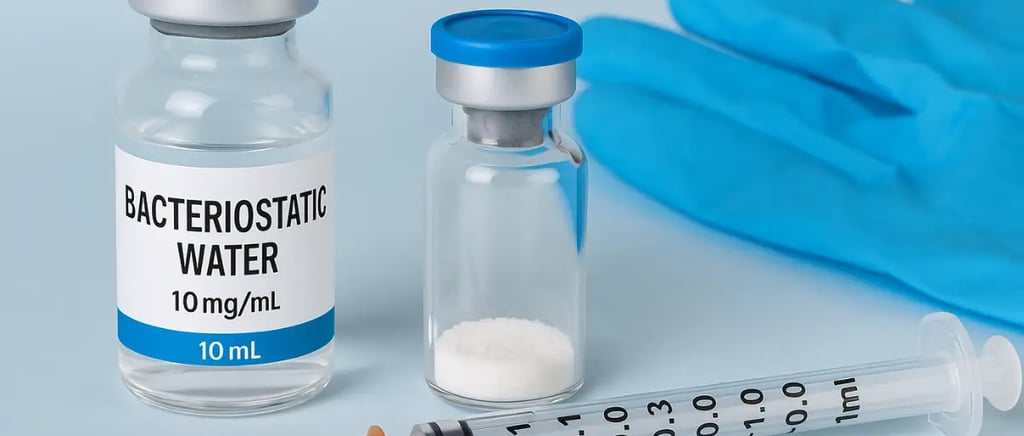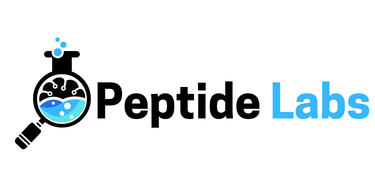How to Reconstitute a Peptide Powder Vial ?


Step 1 – Gather Supplies
You will need:
The peptide vial (lyophilized powder)
Bacteriostatic water (or sterile water)
An alcohol swab
A sterile syringe and needle
Step 2 – Clean and Prepare
Wipe the peptide vial and the bacteriostatic water vial tops with an alcohol swab.
Use a new, sterile syringe for each step to avoid contamination.
Step 3 – Draw the Water
Draw the desired amount of bacteriostatic water into your syringe.
The amount depends on the concentration you want (e.g., 1–5 ml is typical).
Step 4 – Add the Water to the Peptide (Most Important)
Slowly inject the water into the vial, letting it slide down the inside wall of the glass.
⚠️ Do NOT inject the water directly onto the peptide powder. The peptide molecules are fragile and can be damaged during reconstitution if hit with a strong stream of liquid.
Instead, let the water gently mix with the powder, then swirl or roll the vial gently and slowly until fully dissolved.
Step 5 – Storage
Store the reconstituted peptide in the refrigerator (2–8°C / 36–46°F).
Use within the recommended time frame (usually 30 days, depending on the peptide).
In short: handle peptides gently when reconstituting—they are delicate molecules, and proper technique ensures maximum stability and effectiveness.
